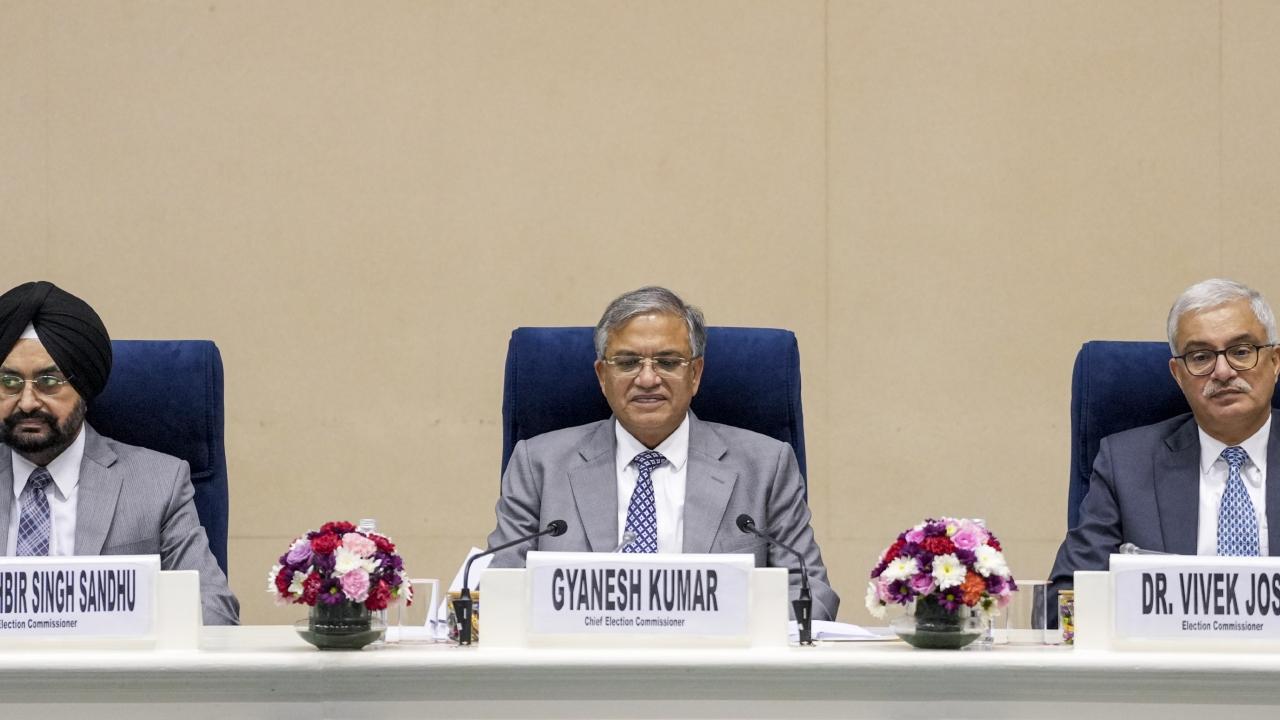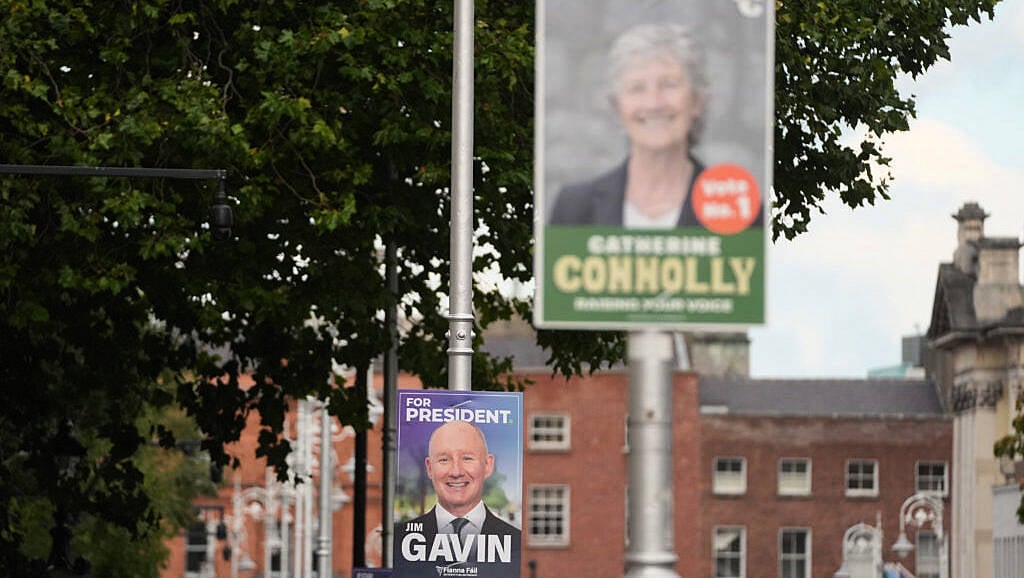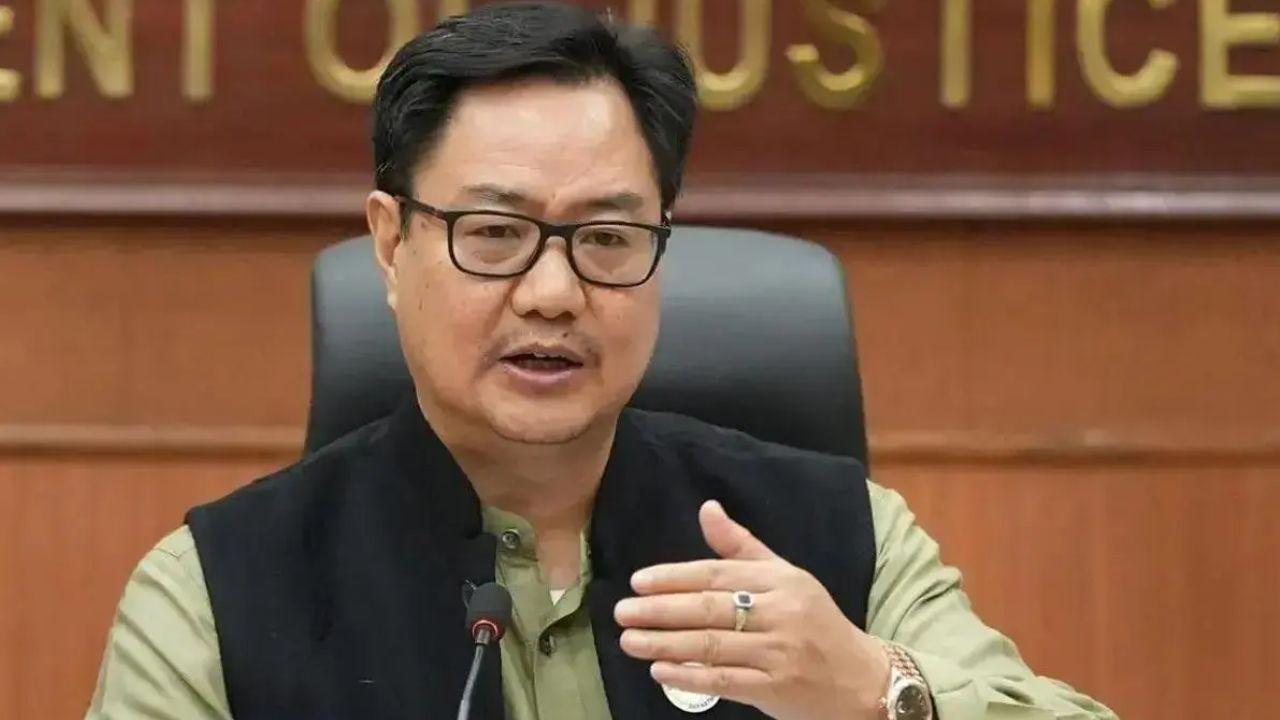The Election Commission on Monday announced the schedule for the Bihar Assembly elections 2025. The state’s 243 assembly seats will go to the polls in two phases, on November 6 and 11, with the counting of votes set for November 14, reported ANI.
In the 2015 Assembly elections, the Rashtriya Janata Dal (RJD) secured 80 seats with an 18.8% vote share, while ally Congress won 27 seats with 6.8%. The Janata Dal (United), then part of the Mahagathbandhan (Grand Alliance), bagged 71 seats with a 17.3% vote share. The BJP won 53 seats with the highest vote share at 25%, and other parties took 8 seats with a combined 22.5%.
However, the alliance was short-lived. In 2017, Nitish Kumar exited the Mahagathbandhan and re-aligned with the BJP-led NDA, forming the government with Sushil Kumar Modi as Deputy Chief Minister. In 2020, Nitish Kumar retained power under the NDA banner, winning 125 seats.
But in August 2022, he once again broke away from the BJP and re-joined the RJD and Congress, forming a new government and becoming a central figure in the opposition INDIA bloc. In January 2024, ahead of the general elections, Nitish Kumar rejoined the NDA.
This time, the NDA includes JDU, BJP, Chirag Paswan’s LJP (Ram Vilas), Jitin Manjhi’s Hindustan Awami Morcha, and Upendra Kushwaha’s RLSP. In the upcoming elections, the NDA will face off against the INDIA bloc, comprising Tejashwi Yadav’s RJD, Congress, CPI (ML), CPI, CPM, and Mukesh Sahani’s Vikasheel Insaan Party (VIP).
A new entrant, Prashant Kishor’s Jan Suraaj Party, will also make its debut.
The NDA is banking on the popularity of Prime Minister Narendra Modi and the various welfare schemes rolled out by the Centre and State. Notably, on 26 September, the PM launched the Mukhyamantri Mahila Rojgar Yojana, transferring Rs 10,000 each to 75 lakh women’s bank accounts — a move being seen as a potential game changer, according to ANI. The PM also unveiled youth-centric projects worth over Rs 62,000 crore, including the inauguration of the Jan Nayak Karpoori Thakur Skill University in Bihar.
Meanwhile, the BJP continues to highlight the alleged corruption and lawlessness of the Lalu Yadav era.
The Election Commission has also released the final electoral rolls following the Special Intensive Revision (SIR). The number of electors now stands at 7.42 crore, down from 7.89 crore in June. As per the Commission, 65 lakh names were removed from the draft list, while 21.53 lakh new voters were added.
Notable additions include 1.63 lakh voters in 14 Patna constituencies, 85,645 in Madhubani, and 56,423 in Nalanda post the revision process.



